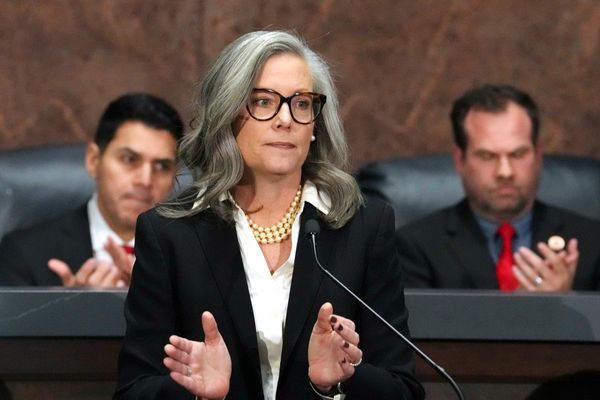
Elon Musk's Department of Government Efficiency has set its sights on reducing costs by targeting the US penny. According to recent data, it costs over 3 cents to produce a single penny, resulting in a staggering $179 million expense for US taxpayers in the 2023 fiscal year. The US Mint churned out more than 4.5 billion pennies in FY2023, accounting for approximately 40% of the total coins circulated.
In the same year, around 4.1 billion pennies were put into circulation by the US Mint. Fast forward to fiscal year 2024, the Mint's annual report revealed that the cost of producing and distributing a penny had surged to 3.7 cents, marking a significant increase of over 20% from the previous year. This rise in cost can be attributed to the escalating prices of metals like zinc and copper, essential components in penny production.
The idea of eliminating the penny is not a new concept. Advocates have long argued for its discontinuation, citing the fact that pennies are seldom used in transactions and often end up stored away in jars or drawers. The shift towards online shopping and digital payments, accelerated by the Covid-19 pandemic, has further diminished the need for physical currency.



Experts suggest that phasing out the penny could bring tangible benefits to businesses, particularly in terms of time savings for store clerks and cashiers. For instance, in convenience stores alone, approximately 52 million cash transactions occur daily. By saving just 2 seconds per customer, significant productivity gains could be realized, not to mention the compounded time saved for others waiting in line.
The recent establishment of the Department of Government Efficiency by President Donald Trump has put a spotlight on cost-saving measures such as reevaluating the production of the penny. While initial efforts were spearheaded by Musk and his team, recent developments have seen changes in leadership within the department.







